China Export Growth Misses Forecast, Trade Surplus Falls
2014-01-10 02:00 GMT | [CNY - Trade Balance]
- past data is 33.8B
- forecast data is 31.2B
- actual data is 25.6B according to the latest press release
if actual > forecast = good for currency (for CNY in our case)
China's exports growth eased more than expected in December, while imports beat expectations signaling robust domestic demand, the latest figures released by the General Administration of Customs showed Friday.
As a result, the trade surplus missed forecast sharply at the end of the year.
Exports grew 4.3 percent year-on-year in December, slower than a 5 percent expansion forecast by economists. The pace of growth decelerated sharply from November's 12.7 percent increase.
Meanwhile, import growth accelerated unexpectedly last month, taking the annual growth rate to 8.3 percent. This followed a 5.3 percent gain in November and exceeded forecasts for a 5 percent rise.
The trade balance showed a surplus of $25.6 billion, down from $33.8 billion in November and $32.15 billion surplus forecast.
In the whole year of 2013, exports recorded a gain of 7.9 percent compared with 2012. Imports rose 7.3 percent. The trade surplus for the year amounted to $259.75 billion.
The country's exports and imports value totaled $4.16 trillion last year, recording an increase of 7.6 percent from the previous year. Customs spokesman Zheng Yuesheng said that this was the first time the total value exceeded the $4 trillion-mark.
Zheng also noted that China's external trade environment will improve in 2014 as global recovery strengthens.
Growth in China's manufacturing and non-manufacturing sectors slowed in December, according to the latest purchasing managers' surveys. All together, the indicators suggest that the recovery of the world's second largest economy is yet to gain a firm footing.
Chinese leaders have pledged to achieve a "reasonable" growth for the economy in 2014 while also pressing ahead with the economic reforms.
The Chinese economy expanded 7.8 percent in the third quarter, the fastest pace in 2013, government data showed in October. The statistical office is scheduled to release the fourth quarter GDP data on January 20.


 LinkBack URL
LinkBack URL About LinkBacks
About LinkBacks










 Reply With Quote
Reply With Quote
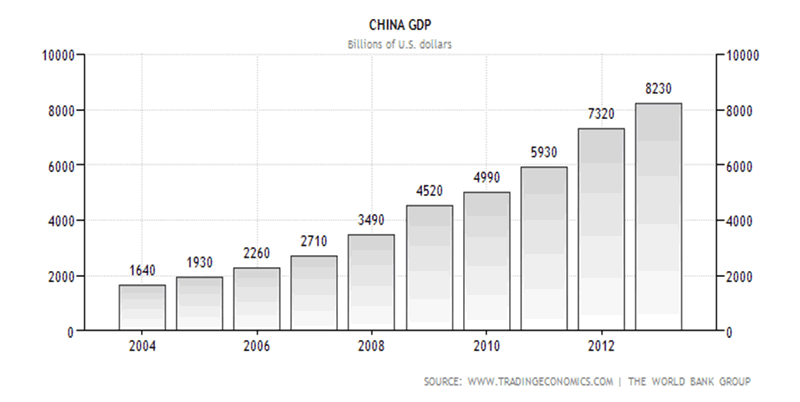
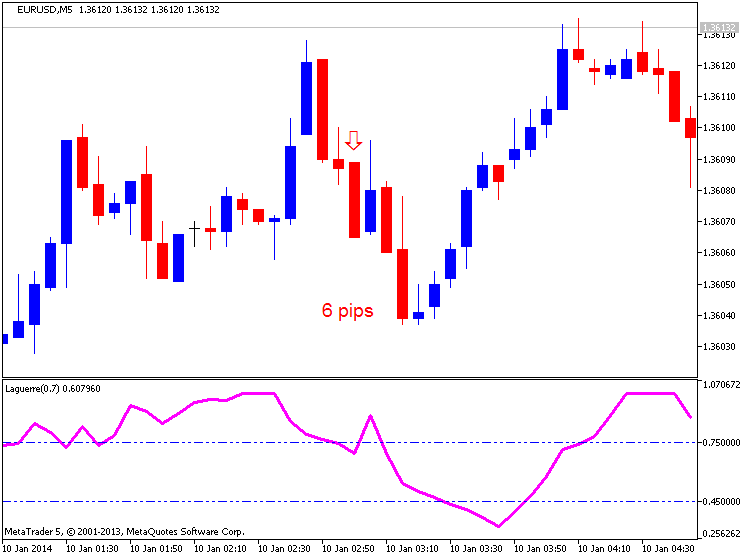
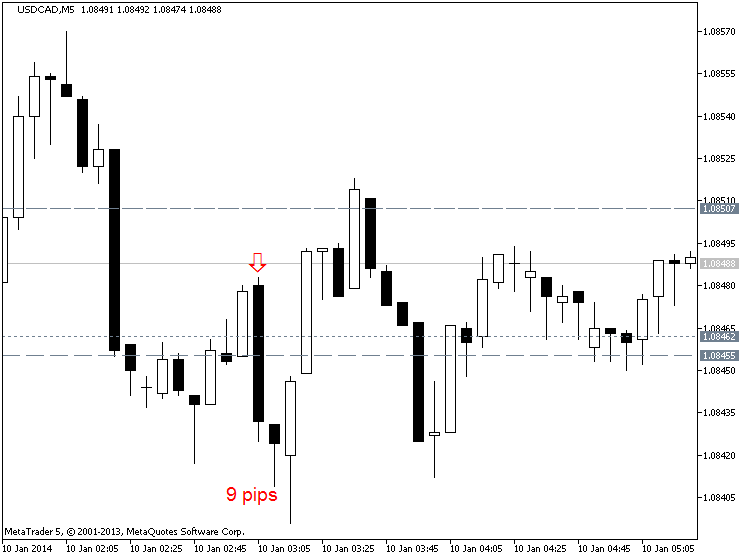
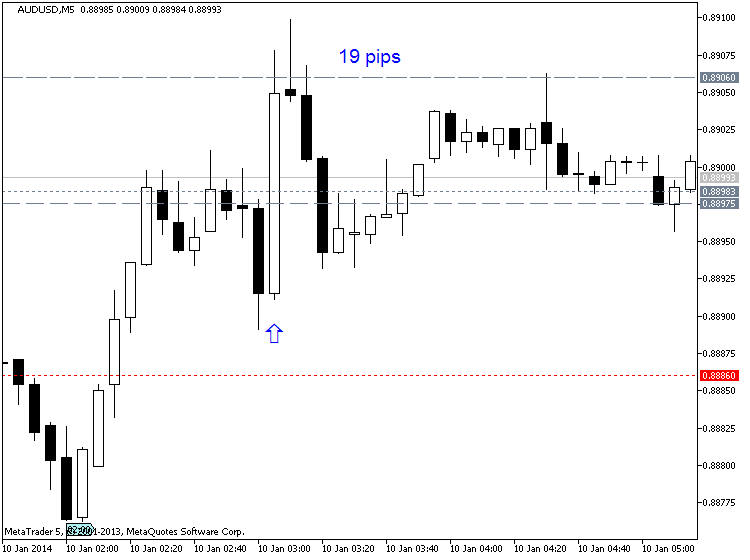

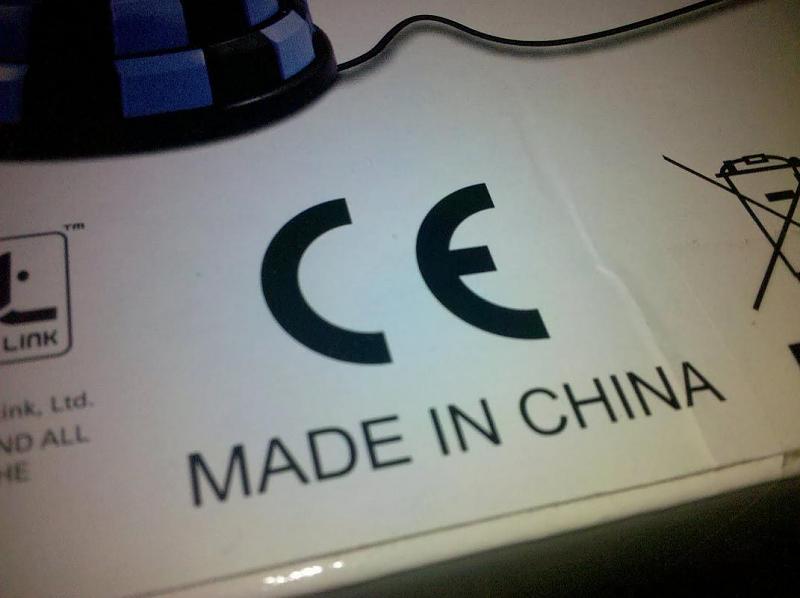


Bookmarks